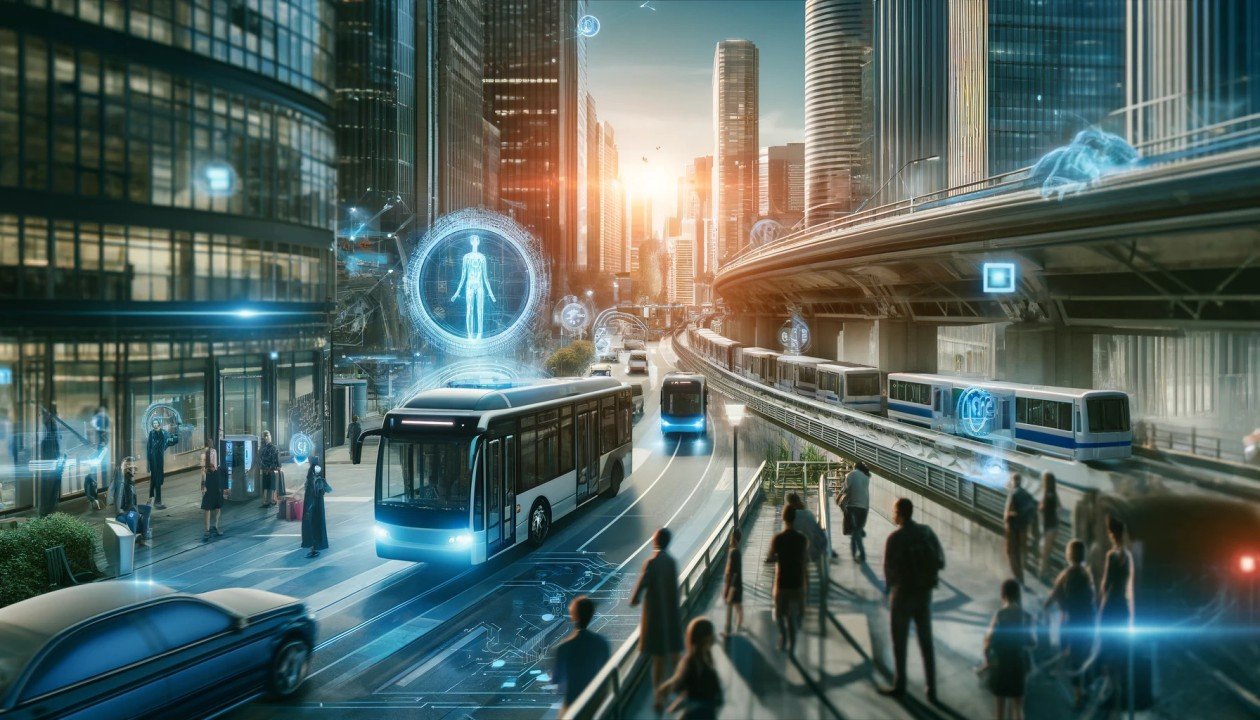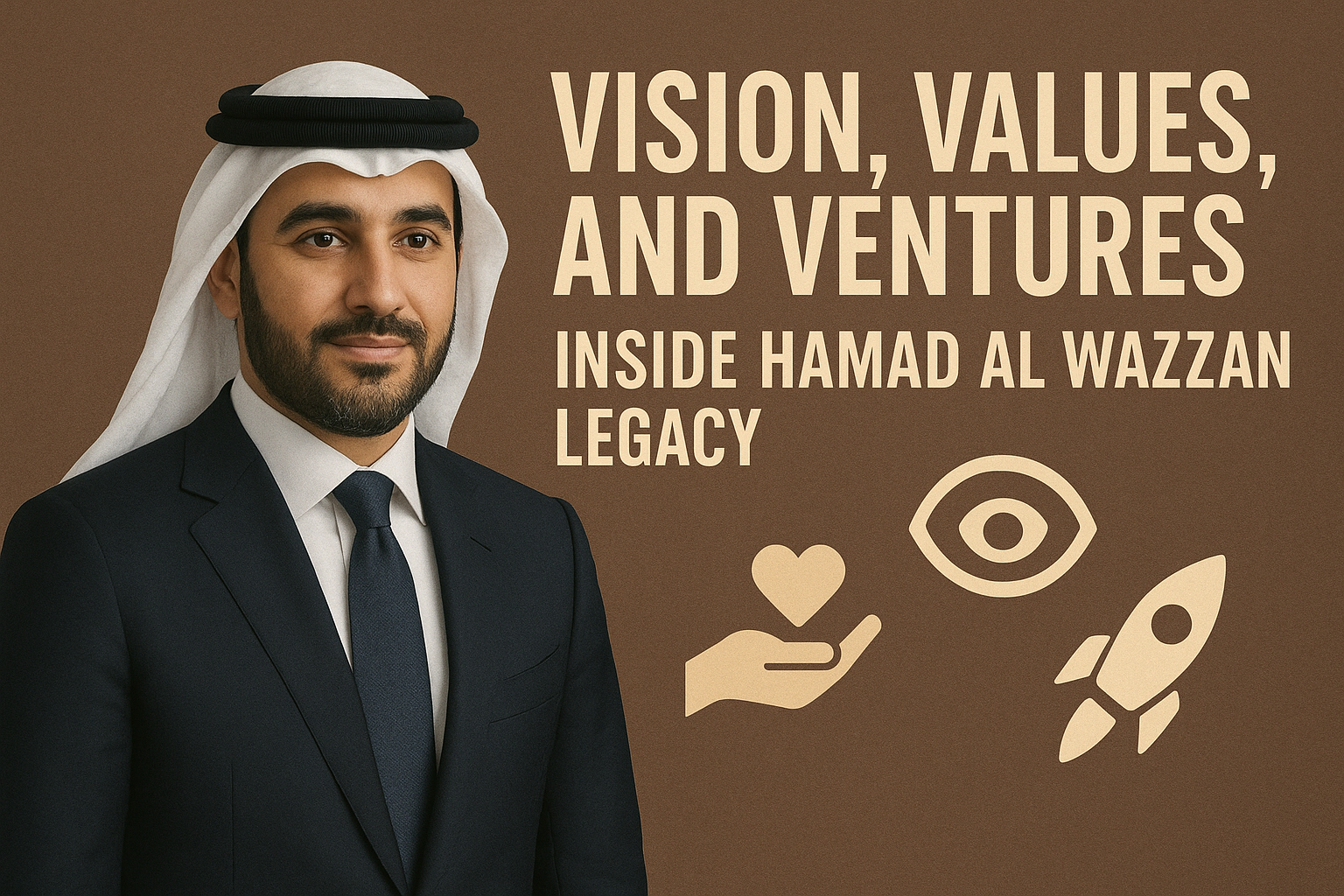Amid growing challenges in the Middle East’s major cities—including congestion, pollution, and the inefficiency of traditional public transport—Sakher Altoun emerges as a thought leader striving to turn these crises into opportunities. By leveraging artificial intelligence, Altoun aims to completely reshape the urban mobility landscape, introducing smarter, more responsive transport systems. From the outset, Sakher Altoun has expressed his deep belief that artificial intelligence could serve as the cornerstone of the future of public transportation in the region. In one of his early statements, he asserts: “We don’t just need more transit systems—we need smarter ones. AI is the tool that will help us leap forward.”
Artificial Intelligence: Not a Luxury, But a Modern Necessity
Sakher Altoun views rapid population growth and unbalanced urban expansion as immense pressures on existing transport infrastructures. That’s where AI applications—especially those based on real-time data analytics—become essential in crafting effective solutions. With machine learning systems, cities can optimize bus schedules, train routes, and allocate resources based on actual demand rather than outdated estimates. In Altoun’s vision, cities shouldn’t operate blindly, but respond dynamically and intelligently to everyday realities.
How AI Improves Efficiency
According to Sakher Altoun, one of AI’s most critical roles in public transport lies in enhancing efficiency. By analyzing traffic data and mobility patterns, smart systems can dynamically adjust transit schedules. “Imagine a city where buses automatically adapt their movement to match passenger flow and time changes, without human intervention. That’s the future we’re working toward,” Altoun explains. He emphasizes that one of the core strengths of AI lies in real-time adaptability. For instance, if a surge in ridership or traffic congestion is detected on a specific route, AI-powered systems can reroute buses or adjust timetables within minutes. “Efficiency isn’t just about doing things well—it’s about doing them flexibly and responsively,” says Altoun. “Smart systems don’t wait for problems to happen; they anticipate and respond before passengers even notice.”
Beyond scheduling, AI also supports predictive maintenance, detecting technical issues before they become critical. This reduces unexpected downtimes and extends the lifespan of transport fleets. Moreover, through continuous learning from user behaviors, AI helps reallocate transit resources more effectively—sending more buses to high-demand areas, while scaling down where ridership is low. Cities that have adopted such approaches have seen efficiency improvements of up to 30%, with significant reductions in waiting times. Sakher Altoun believes that Middle Eastern cities, with the right strategy, can surpass these benchmarks.
Smarter Traffic Management: Reducing Congestion and Improving Flow
Traffic congestion is a persistent issue in cities like Beirut, Jeddah, and Cairo. Sakher Altoun highlights the transformative potential of integrating AI into traffic management systems. Through predictive analytics and machine learning, traffic lights can adapt automatically to vehicle flow and prioritize public transport during peak times. This not only improves the passenger experience but also reduces carbon emissions and boosts productivity by cutting down time lost in traffic.
Safety First: AI-Enhanced Public Transport Security
Safety remains a non-negotiable element of any transport strategy. According to Sakher Altoun, AI plays a vital role in enhancing security by: Powering intelligent surveillance that detects abnormal behavior, using predictive analytics to anticipate breakdowns or risky incidents and supporting real-time decision-making for drivers and control centers “The goal is for every passenger to feel safe and secure, regardless of external conditions,” Altoun affirms.
Personalized, Connected Travel Experiences
For Sakher Altoun, the future of transport is not just about moving vehicles—it’s about optimizing the entire user experience. With AI, commuters can receive: Real-time updates on arrival and departure times, travel recommendations based on previous behavior and notifications about congestion levels or seat availability. These features result in a smooth, intuitive travel experience that encourages the public to shift away from private vehicles and toward smarter public solutions.
Challenges Remain… But the Vision is Clear
Despite his optimism, Sakher Altoun acknowledges that digital transformation in transport comes with hurdles. It requires major infrastructure investments, a cultural shift in mobility habits, and careful attention to privacy and cyber security concerns. Challenges should never stop us—they should motivate us to innovate. What we need is a bold vision, and strong collaboration between public and private sectors,” says Altoun. He sums up his long-term vision eloquently: “We’re not just improving transport—we’re reshaping how people connect with their cities. With smart transport systems, we build more connected, more productive, and more human-centered cities.”
Under Sakher Altoun’s leadership, artificial intelligence is no longer a futuristic concept—it’s becoming a practical solution leading public transportation into a new era in the Middle East. As cities continue to expand and evolve, embracing AI is no longer a luxury—it’s a civic necessity that can no longer be postponed.



